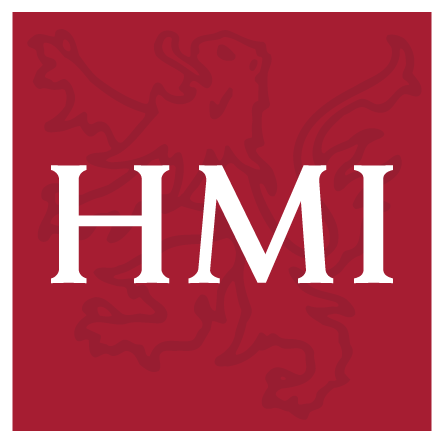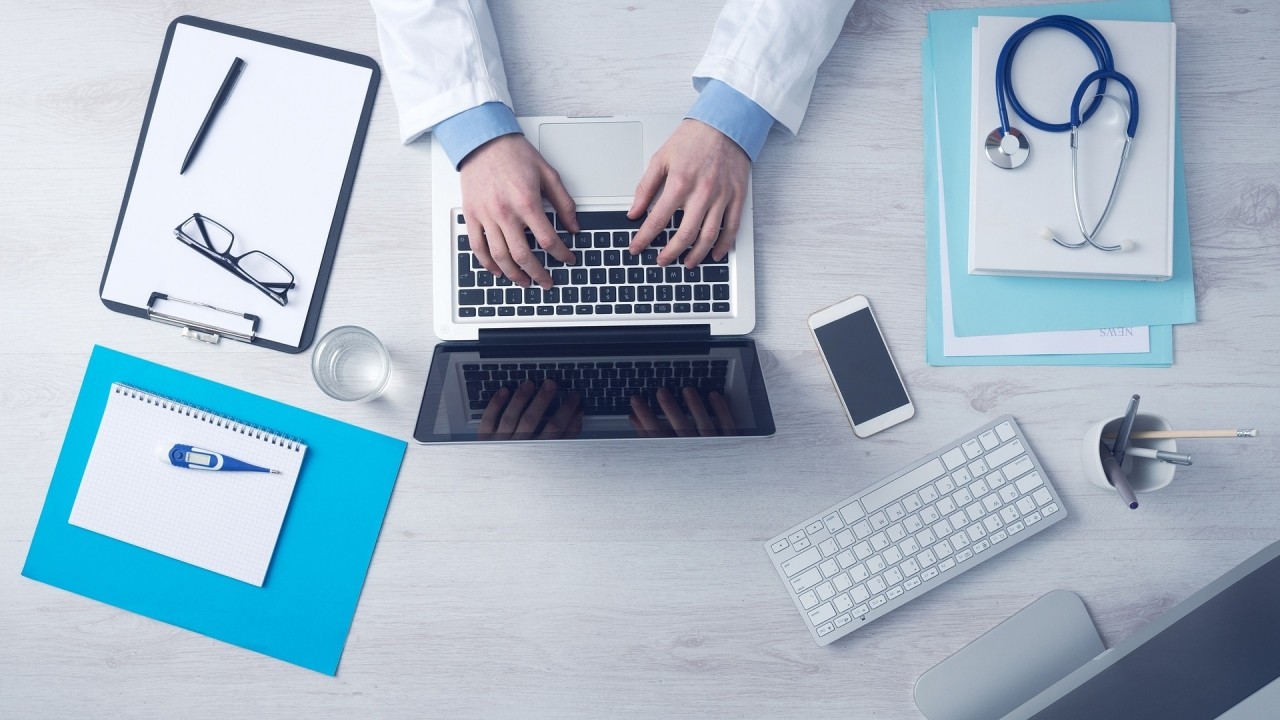The adage coined by Sir William Osler that “medicine is learned by the bedside and not in the classroom” remains a founding principle of medical schools internationally. In recent decades, changes in the healthcare environment have seen an erosion in time spent by the student at the bedside: rapid patient turnover; shorter-than-ever hospital stays; and increased community care have all limited the exposure to stark physical findings of disease which were so commonplace in centuries gone by. In addition, an explosion of technological aids and simulated learning environments are transforming teaching opportunities and the term “bedside” is not as unilateral as it perhaps once was.
For students to leave medical school with excellent diagnostic and clinical examination skills remains as essential today as it was in Osler’s time. How we can ensure this is cultivated in a challenging new era is an important focus for medical education. How can technology be used to our advantage to enhance medical education? What areas can it be applied effectively to? How can we ensure traditional bedside teaching does not suffer in an era where time by the bedside can be challenged?
Where a physician’s hands and stethoscope used to be his or her guiding tools, we now have a plethora of investigations that can add ever more detail to the “physical examination”. A wide availability of diagnostic testing, together with a culture that too often incentivizes getting a scan, has led to a reduction of time spent on the physician’s clinical examination of the patient. Multiple studies have shown that the focus on clinical skills at medical school and in residency programs is diminishing and physical examination skills, such as cardiac auscultation, are consequently lacking. Several major reports issued by the AMA and AAMC all highlight this clinical skills deficit. The turn of this century has, however, brought with it medical education initiatives such as video streaming of lectures, virtual reality in surgical training and even Google Glass to teach procedures. We need look no further than the NEJM procedural videos for an example of how a simple project spiraled into a resounding success with viewers around the globe.
One solution to increase student exposure to the physical examination, and its key findings, is to bring the bedside to their smartphones. This helps circumvent the challenge of finding patients with appropriate signs to examine and allows students to learn at their own pace and in their own time. With this in mind, Apps such as the medical education App “NeuroCog” (for smartphone and tablet) are being born. So much else comes to our smartphones: you can now turn off your lights at home, manage the temperature settings, do your grocery shopping, banking, and read the current affairs all from a variety of Apps—an enriched, and more efficient, mechanism for many activities, customizable to suit an individual. While in other industries and aspects of our lives it can seem like there is an App for everything, medical education is lagging behind other disciplines in the tech space, but rapidly catching up.
The benefits extend beyond the learner. Analytics instantly generated from each encounter allow for feedback cycles to help tailor and enhance teaching mechanisms. It becomes easy to ascertain when students are accessing the Apps, for how long, and which skills require repeated watching, helping to paint a richer picture of student needs. Apps allow for equitable access to uniform knowledge, ensuring learners are not limited by patient presentation or faculty teacher during their time on the wards. For example, with NeuroCog, a video library of normal and abnormal physical examinations has been created and categorized by system, aiming to allow the teaching of physical examination skills on-the-fly. The idea is that learners can quickly revise examination techniques and clinical findings via 30-second high quality videos, with voiceovers and accompanying text describing the physical examination maneuver being performed correctly. To ensure rigor and credibility of the site, videos are reviewed by experts in the field before going live. Although many of these educational adjuncts are originally designed for medical students, there is clear value for residents and faculty to also have access to “touch of the button” teaching moments.
The aim is not to replace in-person teaching, or in the case of NeuroCog, teaching of physical signs by the bedside, but rather to enhance time spent at the bedside by allowing students to be “primed” in advance, with the opportunity to refresh and practice repeatedly. It is in essence a “flipped classroom” model. Multiple studies have demonstrated spaced and repetitive learning to be a highly effective and efficient way of learning skills, as articulated in “Make It Stick”. We live in a world where “time is money” with fast patient turnovers, busy hospitals and stretched hospital faculty. Looking to develop adjuncts to the bedside examination which can be accessed by learners anywhere, at any time of the day, not only enhances efficiency but also aids in retention of learning. The hope is that Apps like “NeuroCog” will become as ubiquitous a resource as UpToDate giving students, residents and faculty a database of clinical skills which is literally at their fingertips. “NeuroCog” is currently focused on the neurological physical examination but the plan is to expand the video database to include all organ systems.
As we progress through the 21st century, we must recognize the changing landscape—for students, faculty, and patients. Good clinical examination skills remain an essential attribute for the modern-day healthcare professional. Ensuring technology can act in synergy to help teach these skills is a growing priority. Apps that can be accessed in the home, in the community, or on the wards reflects the new leaner-driven and learner-oriented era of medical education.
Careful thought is needed, however, to ensure we find the sweet spot between in-person, and on-screen teaching. What constitutes the right balance? How can we recognize the teaching scenarios when technology simply won’t do as a replacement for the “real thing”? What is the recipe for a successful blend of teaching techniques? Join the conversation by leaving a comment below!
Author BIO's

Stephanie Rutledge, MBBCh, BAO, MRCPI is a second-year medicine resident at the Massachusetts General Hospital. She is from Dublin, Ireland and obtained her medical degree from University College Dublin. Stephanie’s interests include medical education, hepatology, and the use of innovative technology to improve patient care. She is especially interested in keeping the art of physical examination alive, and created the ‘NeuroCog’ App to promote the focus on clinical skills in medical schools and hospitals. You can contact her via LinkedIn or follow her on Twitter @sm_rutledge.

Arabella L. Simpkin, MA (Oxon) BMBCh MRCPCH MMSc (MedEd) is a 2015 Harvard Macy Scholar and graduate of the Master of Medical Sciences in Medical Education program at Harvard Medical School. She is a pediatrician, gaining her medical degree from the University of Oxford in 2006. Arabella holds a faculty position in the Department of Medicine at Massachusetts General Hospital, where she is the Associate Director of the Center for Educational Innovation and Scholarship. Her research passion is in professional development, in particular studying the attributes of resilience and tolerance of uncertainty. You can contact her via LinkedIn or follow her on Twitter @greyscalespaces.
HMI Staff


